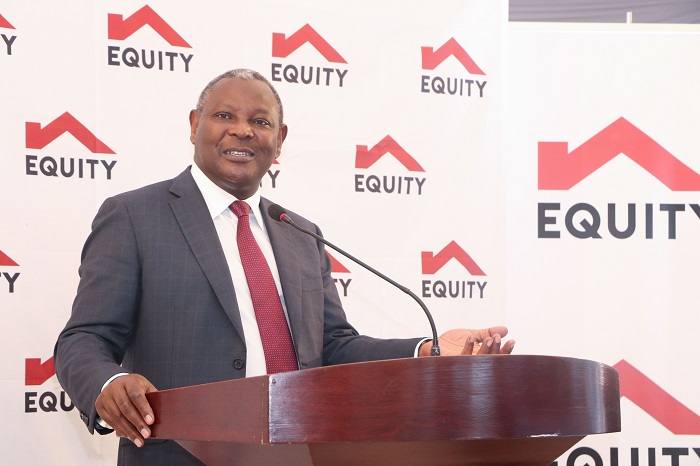Unveiling the Dark Side of Social Platforms; How TFGBV Thrives Online

In the age of social media, where connections are forged with just a single click and ideas and thoughts are shared with the entire world in an instant, the emergence of a sinister trend looms large. We are now seeing the rise and increase of Technology-Facilitated Gender-Based Violence (TFGBV). Gone are the days when gender-based violence (GBV) was limited to physical spaces.
Today, the digital realm has become a breeding ground for acts of abuse and harassment, disproportionately affecting women and girls. As we navigate this treacherous landscape, it’s crucial to understand the mechanisms through which social platforms inadvertently fuel TFGBV and explore avenues for creating safer online spaces.
TFGBV encompasses a spectrum of harmful behaviours, from cyberstalking and online harassment to the dissemination of intimate images without consent. What was once considered private is now weaponized on digital platforms, perpetuating a cycle of abuse and trauma. The prevalence of TFGBV underscores the urgent need for greater awareness and action to address this insidious form of violence.
While social media platforms were ostensibly designed to foster connection and expression, they have become hotbeds for hate, harassment, and abuse. The very features that make these platforms appealing – algorithms that prioritize engagement and virality – inadvertently amplify TFGBV. From misogynistic trolling to coordinated attacks, the online environment can be hostile terrain for women and girls, jeopardizing their safety and well-being.
Creating safe spaces for girls and women online requires a multifaceted approach that involves tech companies, policymakers, civil society organizations, and individual users. These entail implementing robust privacy protections, enhancing content moderation mechanisms, and promoting digital literacy and online safety education. We can work towards a future where online platforms are inclusive and equitable for all by challenging the status quo and advocating for change.
We should all be accountable
At the heart of the issue lies the question of accountability; who bears responsibility for addressing TFGBV? While algorithms play a significant role in shaping online interactions, ultimately; it is human behavior that drives engagement and perpetuates harmful practices. By fostering a culture of empathy, respect, and inclusivity, we can guide automation away from an engagement that caters to harmful ideologies and towards a more equitable and humane online environment.
In the fight against TFGBV, every individual has a role to play. Whether it’s challenging harmful stereotypes, supporting victims, or advocating for policy reform, we can all contribute to creating a safer and more inclusive digital space.
As we navigate the complexities of the digital age, we must confront the realities of TFGBV and take decisive action to address them. By shining a light on this pervasive issue and fostering dialogue and collaboration, we can pave the way for a safer and more equitable online world. The journey towards digital empowerment begins with acknowledging the challenges we face and committing to meaningful change. Let us rise and unite against TFGBV and work towards a future where technology is a force for liberation, rather than oppression, a force of good rather than a tool for harm.
Follow us on Telegram, Twitter, and Facebook, or subscribe to our weekly newsletter to ensure you don’t miss out on any future updates. Send tips to info@techtrendske.co.ke.



